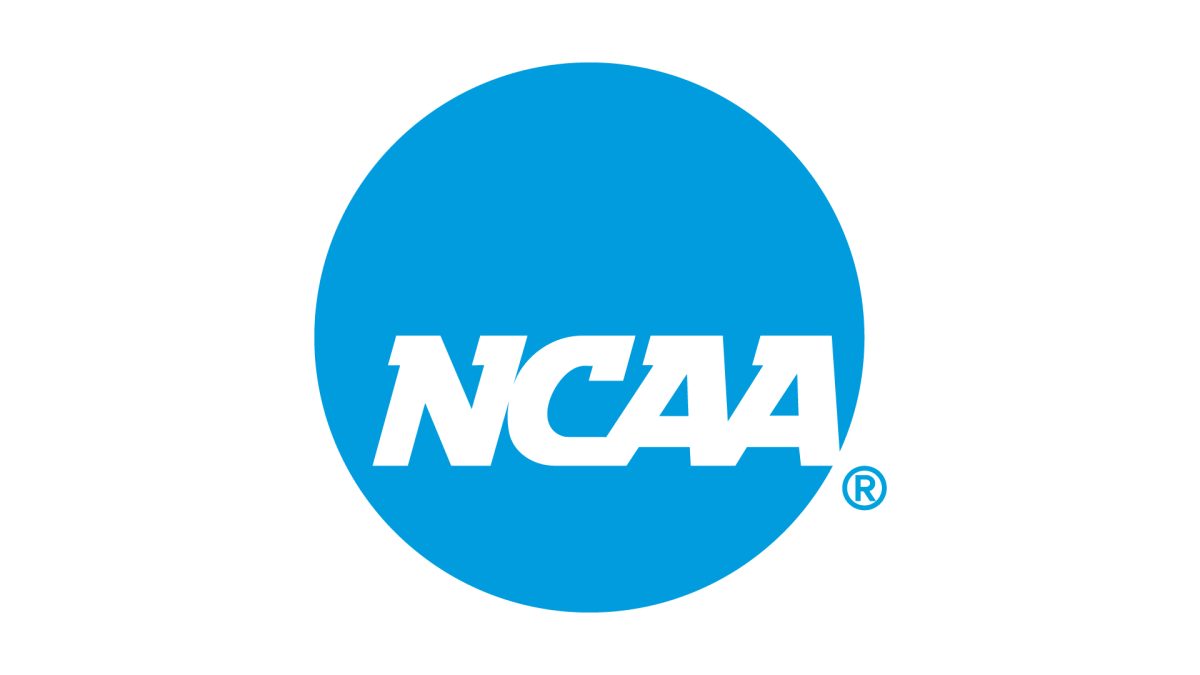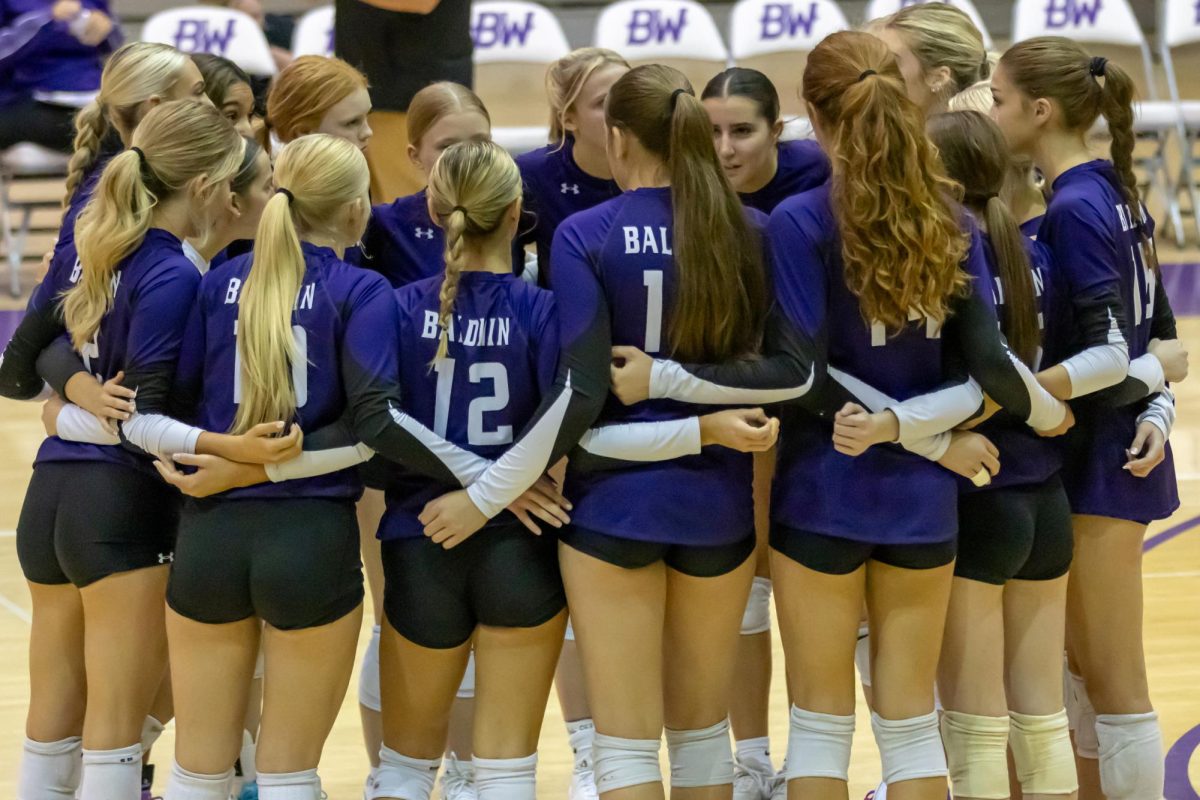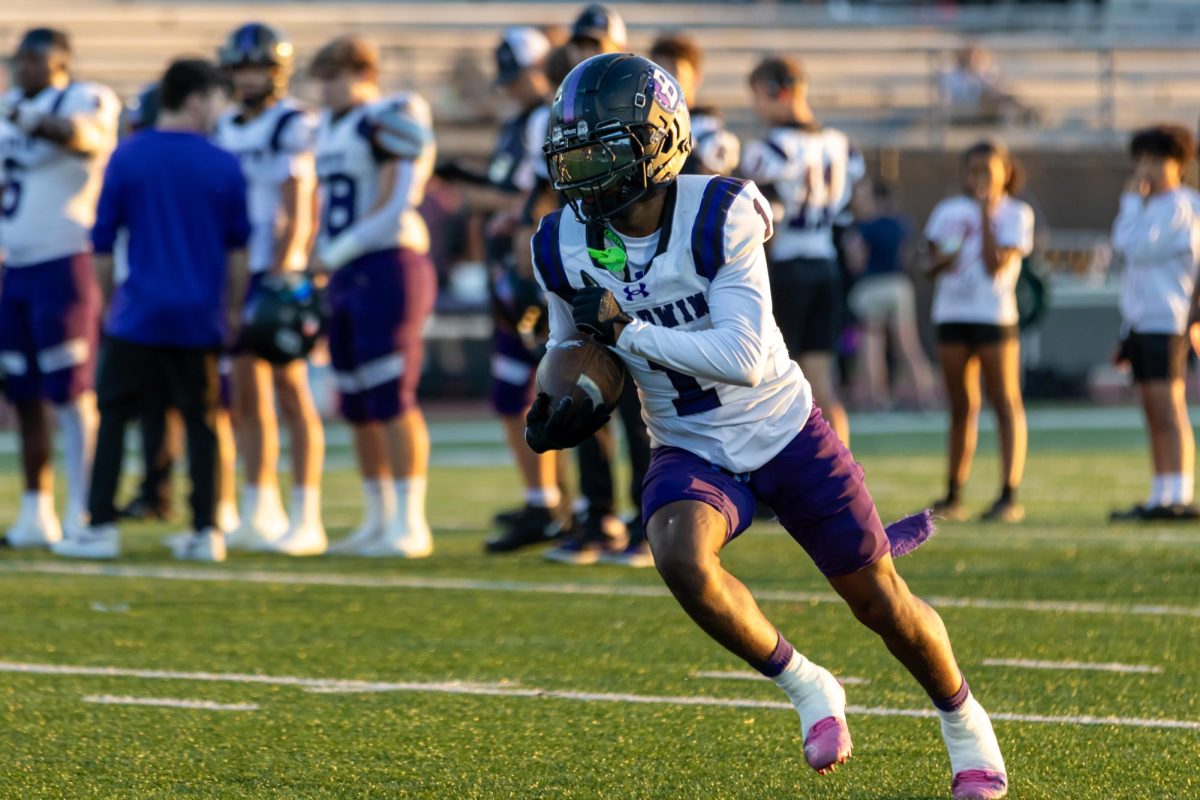During the men’s Final Four games on Saturday night, fans will see all number one seeds competing for the first time since 2008. The main reason for this “chalk” Final Four is the transfer portal and the use of NIL funding.
With the transfer portal, along with players redshirting or still having their “Covid year” of eligibility, players are somehow in college at the age of 24 or 25 years old as fifth-year seniors or graduate transfers. This puts players with a lot of experience playing a general role for younger four- or five-star recruits, whether that be shooting threes or dominating inside. But the most important thing these older players bring to that top team is their experience and ability to win.
One example is Chad Baker-Mazara from Auburn, who is 25 years old but he is a key part of their successful season and Final Four appearance. Another is Will Richard from Florida, who is a senior but gives the team experience and knows how to play around their star point guard, Walter Clayton Jr.
Meanwhile, NIL leads all of the hidden gems to leave their small mid-major schools because they can just enter the transfer portal and go to the highest bidder – usually big schools like Auburn, Alabama, Florida, and Tennessee. All of these schools are in the SEC with massive NIL funding compared to the rest of the country. This is why the SEC rose as the best college basketball conference this season.
But in the college football world this year, fans saw the opposite effect, to a degree.
All of the four- and five- star recruits who could not find starting spots playing at the top schools could transfer out to a smaller power conference school and make an instant impact. This is what brought teams like SMU and Indiana to the playoffs. They are able to obtain better players easier with the transfer portal.
But in the end, Ohio State still won the National Championship with the most expensive roster, at an estimated cost of $20 million. This is starting to seem like the new normal for college football and college basketball teams: paying players in order to compete for titles.








